The purpose of this step-by-step guide, “How to best place bird seed feeders in your yard,” is to help you attract a wide variety of birds to your yard by strategically placing bird seed feeders. By following these simple steps, you can create an inviting environment that will not only provide nourishment for the birds but also offer you the opportunity to enjoy their beautiful presence. From choosing the right location to maintaining a clean feeding area, this guide will ensure that you make the most out of your bird seed feeders and create a haven for our feathered friends.
Feathered Favorites: Top-Selling Bird Seed Mixes


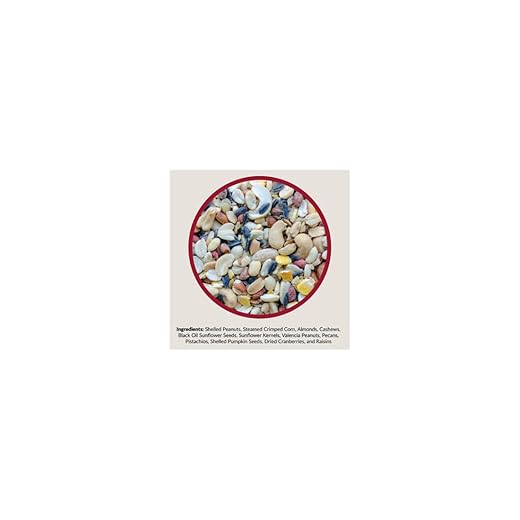
The key to successful bird feeding: It’s all about the location
Choose the right location for your bird seed feeders
To find the perfect location for your bird seed feeders, start by identifying an area in your yard that is safe and easily accessible for both birds and yourself. Look for a spot that is away from any potential predators, such as cats or squirrels. Remember, you want to create a welcoming environment for the birds while ensuring their safety.
Once you have chosen the right location, it’s time to install the bird seed feeders. Hang them at a height that is convenient for you to refill and clean, but also within reach for the birds. Make sure they are securely attached to a pole, tree branch, or hook to prevent them from falling or swinging too much in the wind.
Additionally, consider placing the feeders near natural shelter like bushes or trees. This will provide birds with a sense of security and protection while they feed. Avoid placing the feeders too close to windows to prevent bird collisions.
Remember, choosing the right location for your bird seed feeders is crucial to attract a variety of birds and create a safe feeding area. By following these simple instructions, you’ll be able to enjoy the beauty of birds visiting your yard while maintaining their well-being. Happy bird watching!



Hang or mount the bird seed feeder securely
To ensure that your bird seed feeder is securely positioned, follow these simple steps. If you choose to hang your feeder, find a strong branch or hook that can support the weight. Make sure the branch or hook is securely attached to a sturdy structure, such as a tree or a pole.
If you prefer to mount your feeder, use a sturdy pole or post. Ensure that the pole or post is firmly fixed in the ground, either by digging a hole and securing it with concrete or by using a ground spike. Make sure that the pole or post is tall enough so that the feeder is easily accessible for both you and the birds.
By taking these precautions, you can prevent your bird seed feeder from falling or being knocked over, ensuring a safe and convenient feeding spot for your feathered friends. Happy birdwatching!
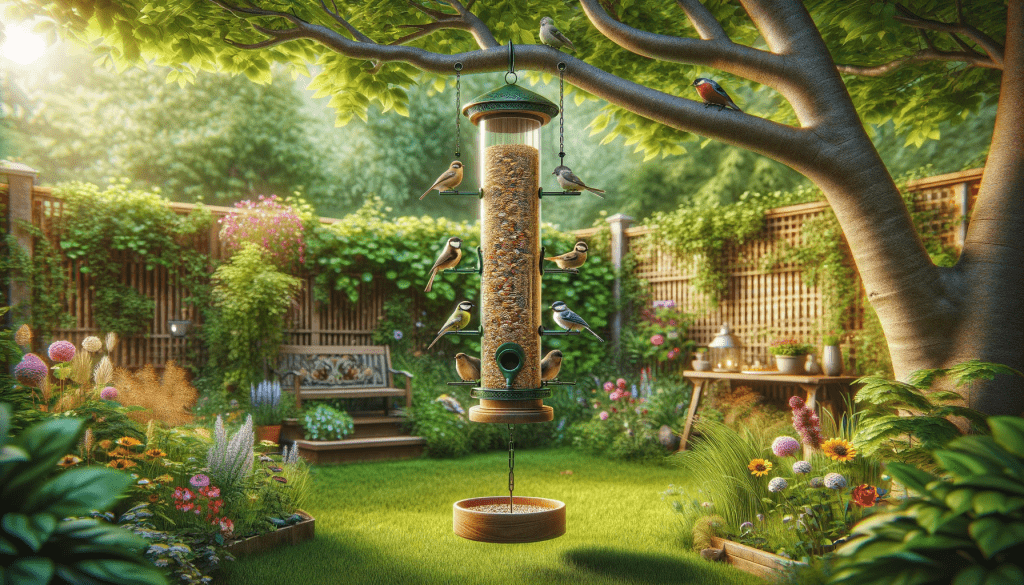
Provide a clear line of sight for birds
To provide a clear line of sight for birds, you need to ensure that there are no obstacles blocking their view of the feeder. Start by trimming any nearby branches or foliage that may obstruct their access. This will not only improve their visibility but also make it easier for them to land and feed on the feeder.
Take a look around the area where you have placed the feeder. Identify any overhanging branches or dense foliage that could potentially hinder the birds’ line of sight. Grab a pair of gardening shears or a small saw and carefully remove these obstacles. Be cautious not to harm the plants or disturb the natural habitat too much. By creating an unobstructed view, you will increase the chances of attracting a variety of birds to your feeder.
Consider the type of bird seed
When choosing a bird seed mix, it’s important to consider the types of birds you want to attract. Different bird species have different preferences when it comes to food. To ensure you attract the birds you desire, do some research or seek advice from an expert.
Start by identifying the specific bird species you want to attract. Once you have a list, find out what types of seeds are preferred by these birds. Look for a high-quality bird seed mix that includes these preferred seeds. This will increase the likelihood of attracting your desired feathered friends to your yard.
If you’re unsure about the specific preferences of the birds you want to attract, don’t worry! There are plenty of resources available to help you. Look up online guides or consult with a local birding expert. They can provide valuable insights and recommendations based on the bird species in your area.
Remember, choosing the right bird seed can make a big difference in attracting the birds you want to see. So take the time to research and select a high-quality mix that suits the needs and preferences of the birds you are aiming to attract.
Regularly clean and refill the feeders
To maintain the health and safety of the birds, it is essential to regularly clean and refill your bird seed feeders. Start by removing any old or moldy seed from the feeder. This will prevent the birds from consuming spoiled food, which can be harmful to their health. Once the feeder is empty, wash it thoroughly with warm, soapy water. Make sure to clean all the nooks and crannies to remove any dirt or bacteria that may have accumulated. Rinse the feeder well with clean water and allow it to dry completely before refilling.
After the feeder is clean and dry, refill it with fresh seed. Choose a high-quality bird seed mix that is suitable for the type of birds you want to attract. Fill the feeder to an appropriate level, ensuring that there is enough seed for the birds to enjoy but not so much that it will go to waste. Regularly monitoring the seed level and refilling as needed will keep the birds coming back to your feeder for a reliable source of food. By following these simple steps, you can provide a clean and safe feeding environment for the birds while enjoying their company in return.
Observe and adjust as needed
To ensure that you attract a wide variety of birds to your feeders, it’s important to observe their feeding patterns and make any necessary adjustments to the placement of the feeders. By doing so, you can create a more inviting environment for birds to visit and enjoy the food you provide.
Start by carefully watching the birds and noticing their behavior around the feeders. If you find that the birds are not visiting the feeder as frequently as you would like, it may be a good idea to try moving it to a different location in your yard. Look for areas that offer some level of protection, such as near shrubs or trees, as birds feel more secure when they have cover nearby.
For example, if you initially placed the feeder near a busy walkway or close to a window, birds might be hesitant to approach due to potential disturbances or threats. In this case, you could move the feeder to a quieter spot, away from direct human activity, where birds can feed undisturbed.
Remember to avoid placing the feeder too close to potential hiding spots for predators, such as dense bushes or overhanging branches, as this may deter birds from using the feeder altogether.
By carefully observing the feeding patterns of the birds and adjusting the placement of the feeders accordingly, you can create an environment that attracts a diverse range of bird species, allowing you to enjoy the beauty and wonder of these feathered friends in your own backyard.
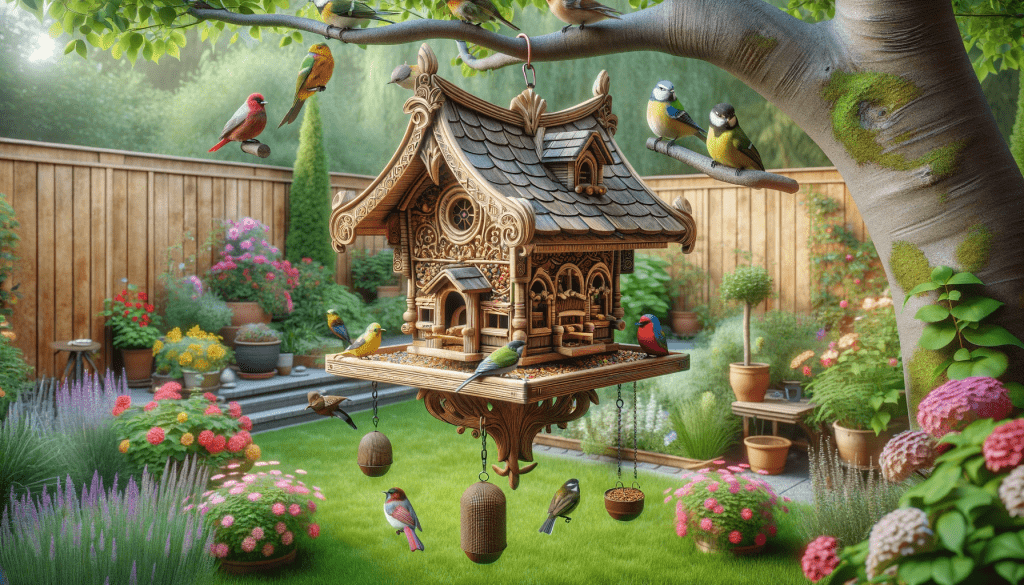
Enjoy the birdwatching experience
Birdwatching can be a peaceful and enjoyable activity for nature lovers of all ages. To fully enjoy the birdwatching experience, follow these simple steps:
- Choose the right spot: Find a comfortable spot in your yard where you have a clear view of your surroundings. Make sure it’s a quiet area where birds are likely to visit.
- Create a welcoming environment: Set up a bird feeder and a birdbath in your yard. Fill the feeder with birdseed or nectar and keep the birdbath filled with fresh water. This will attract a variety of birds to your yard.
- Equip yourself: Grab a pair of binoculars and a field guide to help you identify the birds you see. Binoculars will allow you to observe the birds up close, and the field guide will provide information about their appearance, behavior, and habitat.
- Observe silently: Once you’re comfortably settled, be patient and observe silently. Avoid sudden movements or loud noises that may scare away the birds. Take the time to appreciate their beauty and observe their behaviors.
- Identify the birds: Use your binoculars and field guide to identify the different bird species that visit your yard. Pay attention to their size, color, markings, and behavior. Take notes or use a birdwatching app to keep track of the birds you’ve spotted.
- Learn their calls: Birds often communicate through calls and songs. Listen carefully and try to learn the distinct calls of the birds you encounter. This can be a helpful way to identify them even if you can’t see them clearly.
- Keep a record: Consider keeping a birdwatching journal where you can record your observations and experiences. Note down the date, time, location, and any interesting behaviors you observe. This can become a valuable resource and a way to track your progress as a birdwatcher.
- Share the experience: Birdwatching can be even more enjoyable when shared with others. Invite friends or family members to join you in observing the birds. You can exchange knowledge, learn from each other, and create lasting memories together.
Remember, birdwatching is not just about the species you see, but also about the joy and connection to nature it brings. So sit back, relax, and immerse yourself in the beauty of these winged creatures that grace your yard. Happy birdwatching!
The Final Word
In conclusion, placing bird seed feeders in your yard is a rewarding and enjoyable experience that requires a few key considerations. By choosing the right location, providing a clear line of sight, using high-quality bird seed, and regularly cleaning and refilling the feeders, you can create an inviting space for birds to visit. Remember to observe and adjust as needed, taking into account the preferences and habits of the birds in your area. With these tips in mind, you can enhance your birdwatching experience and create a haven for our feathered friends in your yard. Happy birdwatching!
Essential Supplies



Attracting Feathered Friends
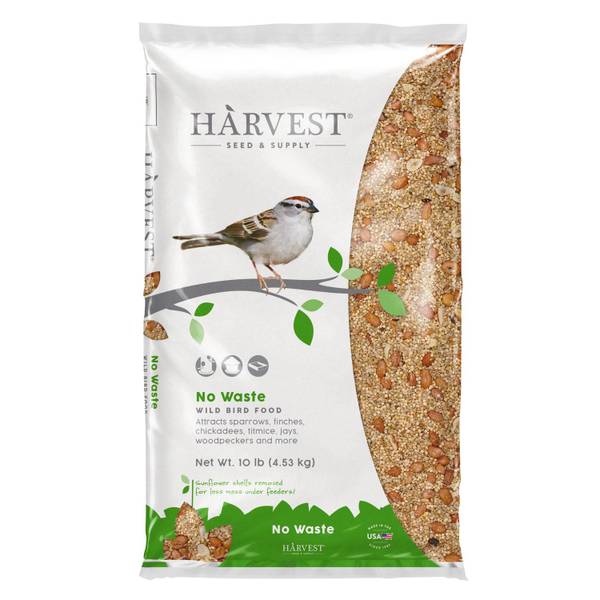
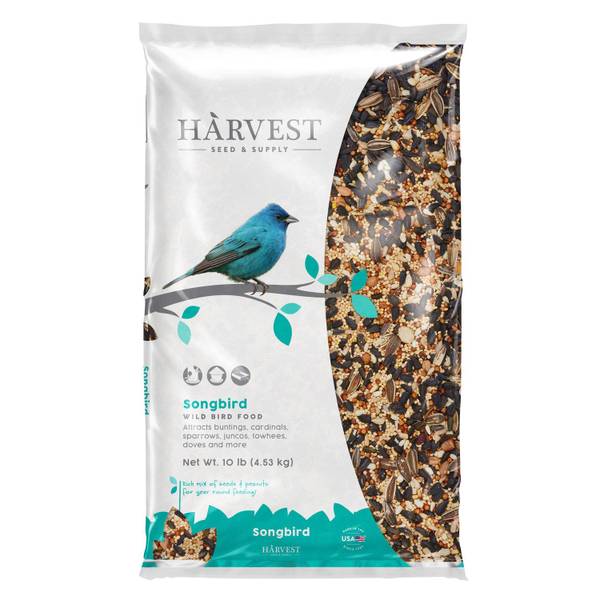







I’ve been struggling with squirrels stealing bird seed. I’ll definitely try the suggestion of using baffles to keep them away.
Thank you for this article! I can’t wait to implement these tips and create a welcoming space for birds in my yard.
I have a small yard, so I appreciate the tips on how to maximize the number of birds attracted to the feeders.
I didn’t realize that the height of the feeders could affect the types of birds that visit. I’ll experiment with different heights to attract a variety of species.
I found this article very informative! I never knew that the placement of bird seed feeders could make such a difference.
It’s great to know that placing feeders near trees and shrubs can provide birds with shelter and protection.
The idea of creating different feeding zones in the yard is brilliant. I’ll set up multiple feeders to accommodate different types of birds.
I’ll definitely keep the cleanliness of feeders in mind. Regular cleaning will ensure that the birds stay healthy and continue to visit.